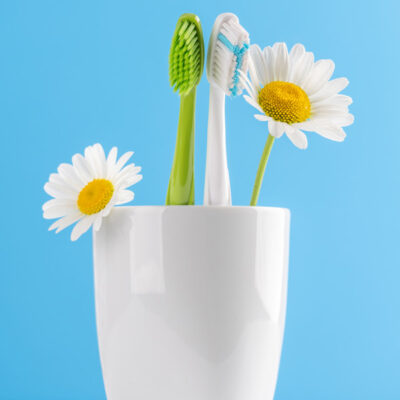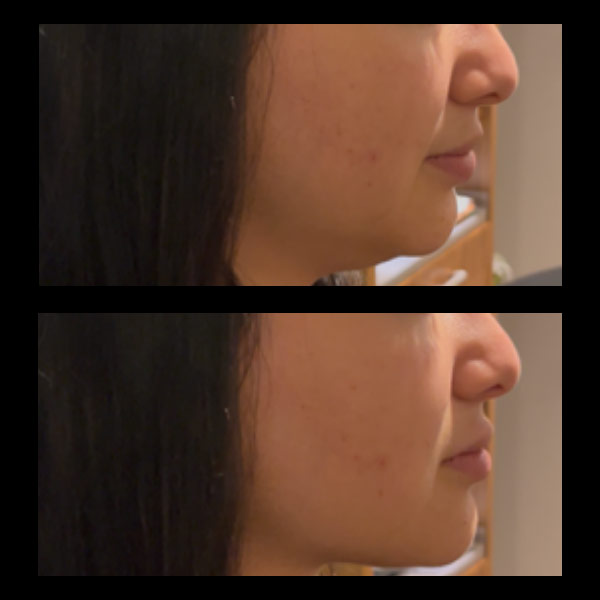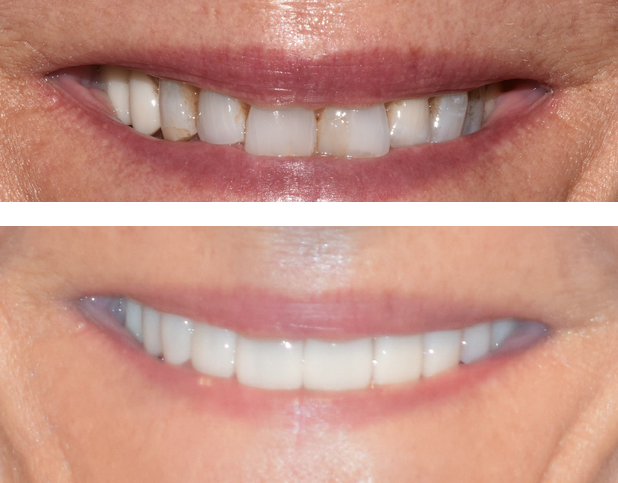 As spring approaches, it’s not uncommon to get caught up in the spirit of renewal that the season brings. It’s a period of fresh starts and clean slates, an ideal time to pay extra attention to your smile’s health. Like our homes during spring cleaning, our teeth and gums deserve extra care to remain healthy and bright.
As spring approaches, it’s not uncommon to get caught up in the spirit of renewal that the season brings. It’s a period of fresh starts and clean slates, an ideal time to pay extra attention to your smile’s health. Like our homes during spring cleaning, our teeth and gums deserve extra care to remain healthy and bright.
Oral health might seem insignificant, but the mouth is a gateway to the health of the whole body. With dedication and the right strategy, you can take steps to improve your oral health and feel great.
Upgrade to a New Toothbrush
Just as you might declutter your closets or refresh your cupboards, why not give your oral hygiene routine an upgrade? Consider swapping your tired, old toothbrush for a new one. It’s easy to overlook, but over time, your toothbrush can become a breeding ground for bacteria. A fresh, germ-free toothbrush can be just the fresh start your mouth needs this spring.
The Importance of Changing Your Toothbrush
Why replace your toothbrush? Each time you brush, not only are you removing food particles and plaque, but you’re also depositing bacteria from your mouth onto your toothbrush. As time progresses, these microbes proliferate, resulting in a setting riddled with germs, which can infiltrate your mouth. Moreover, the bristles on your toothbrush wear down with regular use, reducing their effectiveness at cleaning your teeth and ensuring optimal oral health.
Guidelines for Changing Your Toothbrush
As a general rule, replace your toothbrush every three months. However, certain situations may require an earlier replacement. If you’ve been ill, for instance, you should switch to a new toothbrush to prevent reintroducing germs. Similarly, if your bristles appear noticeably frayed or worn down, don’t wait for the three-month mark–swap it out immediately.
When selecting a new toothbrush, it’s crucial to find one that suits your needs. Consider the following:
- Size: Choose a toothbrush with a head size that comfortably fits in your mouth–roughly an inch tall and half an inch wide.
- Bristle variety: Toothbrushes come in soft, medium, or hard bristles. We recommend soft bristles to minimize gum damage.
- Handle design: The toothbrush handle should be easy to hold and maneuver.
A simple act like changing your toothbrush regularly can significantly improve your oral health.
Improve Your Dental Care Routine
Spring is the perfect time to refine your dental care habits. A strong dental routine is crucial to maintaining clean teeth and a healthy smile.
Brushing and Flossing: The Basics
Brushing and flossing form the foundation of dental care. Brushing twice a day for two minutes is essential, but doing it right matters. Hold your toothbrush at a 45-degree angle to your gums and brush with short, tooth-wide strokes. Cover the outer, inner, and chewing surfaces of all your teeth, and remember to gently brush your tongue to remove bacteria and freshen your breath.
After brushing, floss to remove food particles, reduce plaque, lower inflammation, and stimulate your gums. If traditional string floss is challenging, try a floss pick or water pick.
Upgrade Your Equipment
Consider investing in an electric toothbrush for more efficient plaque removal. Electric toothbrushes have rapid bristle motions and built-in timers to ensure you’re brushing for the recommended two minutes.
Water flossers provide superior care compared to traditional floss by using a pulsating stream of water to clean between your teeth and below the gumline. They are particularly helpful for people with braces or those who struggle with regular flossing.
Keep your tools clean. Rinse your toothbrush and flosser after each use and let them air dry to prevent bacteria build-up and extend their lifespan.
The Importance of Regular Dental Check-ups
Regular dental check-ups aren’t just about cleaning your teeth. They offer a chance for your dentist to examine your mouth thoroughly and identify any potential health issues like cavities and gum disease. Early detection of these problems enables easier, less invasive, and often less expensive treatments.
Your hygienist will clean your teeth during your check-up, removing any plaque or tartar build-up. They will also evaluate your overall oral health, checking for signs of cavities, gum disease, and oral cancer. You’ll also receive advice on brushing and flossing techniques to improve your home dental care.
Remember, your mouth is a window to your overall health. Conditions like diabetes and heart disease can impact your oral health and vice versa. Hence, your dentist may ask about your general health and any recent illnesses or medical conditions.
Frequency of Dental Visits
The frequency of your dental check-ups depends on your oral health. If you’re at a higher risk for dental diseases, you might need more frequent visits, as often as every 4 months. Some people accumulate plaque more quickly than others or are more prone to cavities and may require more visits.
So remember, while you’re decluttering your home this spring, don’t neglect your dental health. A healthy smile is a bright smile, and regular check-ups are the key to maintaining it.
Revitalize Your Oral Health with Hydration and a Teeth-Friendly Diet
Spring signifies not just a time for renewing your home and daily routines but also an opportunity to improve your dietary habits. The food you consume influences your overall health, including your oral health.
Drink More Water
Water intake is fundamental for your body and your mouth. Increased water intake can promote the creation of saliva, an essential defense against oral conditions like tooth decay and gum diseases. Saliva serves multiple protective oral functions such as flushing out food residues, balancing bacteria-produced harmful acids, and supplying necessary proteins and minerals that safeguard tooth enamel and help ward off dental cavities.
Drinking water, specifically that enriched with fluoride, fortifies your teeth, thereby making them more resilient to deterioration. Opt for water instead of beverages high in sugar to wash out leftover food particles and lessen the concentration of acids.
Embrace a Teeth-Friendly Diet
A nutrient-rich diet enhances your physical health and bolsters your oral health too. Foods high in calcium serve to fortify your gums and teeth. Your mouth also benefits from Vitamin D, which is present in sunlight, fish, and egg yolks, as it enhances the body’s ability to take in calcium.
Fruits and vegetables that are crunchy, filled with water and fiber, not only stimulate the production of saliva but also naturally maintain oral hygiene.
- Swap Sugary Snacks: Excessive sugar promotes bacterial growth, causing plaque and tooth decay. Choose to consume more nutritious snacks such as raw vegetables, fruits, and nuts as an alternative.
- Minimize Acidic Foods: Acidic foods and beverages, including citrus fruits and soft drinks, can wear down tooth enamel. To neutralize the acid, moderate your consumption and swish water around in your mouth following intake.
- Cut Down on Processed Carbs: Foods high in processed carbohydrates, such as white bread and pasta, rapidly convert into sugar, leading to cavities.
Embrace the Spring Season with a Radiant Smile
Let your smile bloom with the freshness of spring! As the season of renewal arrives, it’s the perfect opportunity to revitalize your dental hygiene routine. Reach out to Incredible Smiles today to book your appointment, and let us help you embark on a journey toward a healthier, more radiant smile. Embrace the spring season with a dazzling grin that reflects the beauty and vitality all around you.








